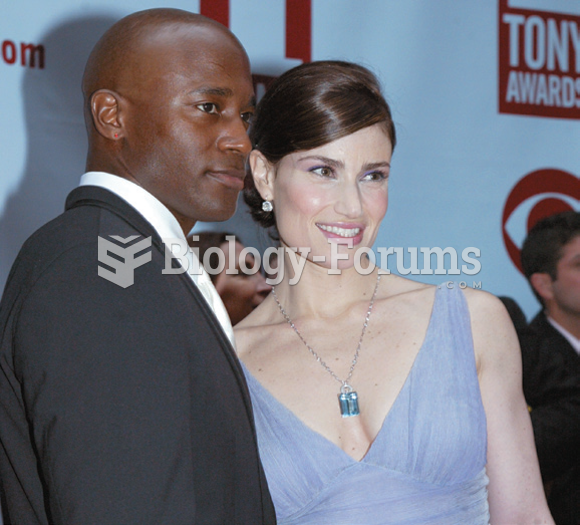|
|
|
Persons who overdose with cardiac glycosides have a better chance of overall survival if they can survive the first 24 hours after the overdose.
The most destructive flu epidemic of all times in recorded history occurred in 1918, with approximately 20 million deaths worldwide.
Asthma attacks and symptoms usually get started by specific triggers (such as viruses, allergies, gases, and air particles). You should talk to your doctor about these triggers and find ways to avoid or get rid of them.
After 5 years of being diagnosed with rheumatoid arthritis, one every three patients will no longer be able to work.
There used to be a metric calendar, as well as metric clocks. The metric calendar, or "French Republican Calendar" divided the year into 12 months, but each month was divided into three 10-day weeks. Each day had 10 decimal hours. Each hour had 100 decimal minutes. Due to lack of popularity, the metric clocks and calendars were ended in 1795, three years after they had been first marketed.
 Common skin signs are often evidence of an illness or disorder. A vesicle is a small fluid filled ...
Common skin signs are often evidence of an illness or disorder. A vesicle is a small fluid filled ...
 Taye Diggs and Idina Menzel are an example of the most common pattern of marriages between African ...
Taye Diggs and Idina Menzel are an example of the most common pattern of marriages between African ...
 The coagulation cascade. Both the intrinsic pathway and extrinsic pathway lead to a common pathway ...
The coagulation cascade. Both the intrinsic pathway and extrinsic pathway lead to a common pathway ...




